Termite Types – Overview
 Not all termites are the same, and not all are commonly found in every part of the United States. Imagine you’re visiting your retired parents in Florida, or your grandchildren on the West Coast. Wouldn’t it be important to them if you were able to recognize the presence of termites and perhaps save them the high cost of dealing with termite damage?
Not all termites are the same, and not all are commonly found in every part of the United States. Imagine you’re visiting your retired parents in Florida, or your grandchildren on the West Coast. Wouldn’t it be important to them if you were able to recognize the presence of termites and perhaps save them the high cost of dealing with termite damage?
This article will help you recognize the different types of termites and a little about their habits.
Termite Types – Where in the U.S.?
Subterranean Termites: These can be found just about anywhere in the U.S. Their name comes from the fact that the live underground, in dirt, and even create dirt tunnels in order to stay hidden as they move from the soil into the foundation, framework and siding of a home. If you live in the Northeastern U.S., this is the variety of termites you are most likely to encounter.
Dampwood Termites: These are primarily found along the Pacific Coast and in the Southwest and Florida. They mostly eat wood that is damp and rotting. As such wood exists more in the forest or an abandoned wood or brush pile, rather than a solid man-made structure, these termites are more of a nuisance than some of the other varieties.
Drywood Termites: These are found primarily in the Western, Southeast and South-Central U.S. They’re much more destructive to property than dampwood termites. Living in wood that has low moisture content, they are more likely to be transported in the wooden objects like furniture, and from there into the structure of a home or commercial building.
Formosan Subterranean Termites: Enjoying warmer climates, these have been discovered in Hawaii, Louisiana, Texas, Virginia, Alabama, Florida, South Carolina, North Carolina, Georgia, Tennessee and California. Nicknamed “super termites” these are the most aggressive termites and the soldiers will defend their nest by releasing a white toxic liquid. They have the ability to consume wood more rapidly than the other termite species. A type of subterranean termite, they’ll create a mud tube from the soil to the wooden structure they intend to consume. But they have the ability to create a “carton” or enclosed nest environment in a structure vs. having to return to the soil.
Termite Types – How they look.
 Subterranean Termites: Reproductive males and females can be winged (primary) or wingless (secondary or tertiary). Each can produce new offspring. The bodies of primary reproductives, also called swarmers or alates, vary by species from coal black to pale yellow-brown. Wings may be pale or smoky gray to brown and have few distinct veins. Swarmer termites are about 1/4 to 3/8 inch long. Secondary and tertiary reproductives in the colony are generally white to cream-colored and may have short wing buds.
Subterranean Termites: Reproductive males and females can be winged (primary) or wingless (secondary or tertiary). Each can produce new offspring. The bodies of primary reproductives, also called swarmers or alates, vary by species from coal black to pale yellow-brown. Wings may be pale or smoky gray to brown and have few distinct veins. Swarmer termites are about 1/4 to 3/8 inch long. Secondary and tertiary reproductives in the colony are generally white to cream-colored and may have short wing buds.
Credits: https://insects.tamu.edu/extension/bulletins/b-6080.html
 Dampwood Termites: The Pacific dampwood termite is the largest termite native to the U.S. Pacific dampwood termite kings, queens and alates can exceed 1 inch in length, including their wings. They are dark brown and have brown wings. Nymphs measure about 1/2 inch and are cream colored with spots on their abdomens. Soldiers measure about 3/4 inch and are cream colored with dark-colored heads that range from reddish-brown to black.
Dampwood Termites: The Pacific dampwood termite is the largest termite native to the U.S. Pacific dampwood termite kings, queens and alates can exceed 1 inch in length, including their wings. They are dark brown and have brown wings. Nymphs measure about 1/2 inch and are cream colored with spots on their abdomens. Soldiers measure about 3/4 inch and are cream colored with dark-colored heads that range from reddish-brown to black.
Credits: http://www.termites.com/types-of-termites/pacific-dampwood-termite/
 Drywood Termites: The reproductives are winged (alates or swarmers) or wingless males and females that produce offspring. The primary reproductives, also called swarmers or alates, vary in body color from dark brown to light yellowish tan. Their wings may be almost clear to smoke gray, and have few distinct veins in them. Swarmer drywood termites are about 7/16 inch long, including the wings. Credits: http://ag.arizona.edu/pubs/insects/az1232/
Drywood Termites: The reproductives are winged (alates or swarmers) or wingless males and females that produce offspring. The primary reproductives, also called swarmers or alates, vary in body color from dark brown to light yellowish tan. Their wings may be almost clear to smoke gray, and have few distinct veins in them. Swarmer drywood termites are about 7/16 inch long, including the wings. Credits: http://ag.arizona.edu/pubs/insects/az1232/
 Formosan Termites: Alates of formosan termite are yellowish-brown and 12 to 15 mm long (0.5 to 0.6 inch). There are numerous small hairs on the wings of these comparatively large swarmers. Soldiers have an orange-brown, oval-shaped head, curved mandibles and a whitish body.
Formosan Termites: Alates of formosan termite are yellowish-brown and 12 to 15 mm long (0.5 to 0.6 inch). There are numerous small hairs on the wings of these comparatively large swarmers. Soldiers have an orange-brown, oval-shaped head, curved mandibles and a whitish body.
Credits: http://entnemdept.ufl.edu/creatures/urban/termites/formosan_termite.htm
Termite Types – Their habitat.
Subterranean Termites: Moisture is important to subterranean termites, which have very little resistance to dehydration. To survive, they must maintain contact with the soil (their primary moisture source) or other above-ground moisture sources, such as in structures with defective plumbing or guttering. Termites foraging for food above ground protect themselves with shelter tubes, which are sometimes called mud tubes. The tubes may be thinly constructed or large and thick-walled to accommodate many termites moving vertically between the soil and the food source. This construction material also is found lining the galleries built in wood being attacked and aids in identifying termite-damaged wood. Shelter tubes often are used to bridge masonry or other objects, allowing termites access to a food source (wood) above ground.
Credits: https://insects.tamu.edu/extension/bulletins/b-6080.html
Dampwood Termites: Dampwood termites can cause significant damage. They rarely infest sound wood. However, once a Pacific dampwood termite colony has infested wood with high moisture content, it can move into adjoining areas of dry wood. This Pacific termite does not require soil contact. However, wood-to-ground contact in a home’s construction often leads to dampwood infestations. Homes built over or near water, or with wood buried in the ground, are more likely to be infested.
Credits: http://www.termites.com/types-of-termites/pacific-dampwood-termite/
Drywood termites often establish nests in roof materials and wooden wall supports accessed under eaves. However, despite being capable of surviving on low wood moisture they are also found in wood associated with a water source such as a leaky pipe or water heater. Dead wood accumulating around buildings and homes often serves as a source of infestation.
Credits: http://ag.arizona.edu/pubs/insects/az1232/
Formosan Subterranean Termites: A mature Formosan colony can consume as much as 13 ounces of wood a day (ca. 400 g) and severely damage a structure in as little as three months. Because of its population size and foraging range, the presence of a colony poses serious threats to nearby structures. Once established, Formosan subterranean termites have never been eradicated from an area.
Credits: http://en.wikipedia.org/wiki/Formosan_subterranean_termite
Termite Types – When found in your building, what to do?
View our other articles on termites to learn ways to prevent an infestation.
If you see termites or signs of termites in a home or commercial building, you’ve basically got a 5-alarm fire happening. Both in the case of a fire, and a termite infestation, if you do nothing, the building will eventually collapse. In the case of termites, you won’t see smoke or flames, and the damage will take longer to progress, but floors will begin to sag and eventually completely descintegrate beneath your feet!
If it was an actual fire, you wouldn’t hesitate to call the fire department. In this case, you have another call to make.
Termite Types – Who to call when any type of termite is discovered?
Call ApolloX Pest Control
(888) 499-7378
 Many termite species need moist areas to survive. Their colonies can be traced directly to the ground under your home. You can observe the mud tubes they create between the ground and the wooden parts of your home they feed on. These are subterranean termites.
Many termite species need moist areas to survive. Their colonies can be traced directly to the ground under your home. You can observe the mud tubes they create between the ground and the wooden parts of your home they feed on. These are subterranean termites.





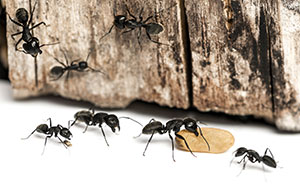
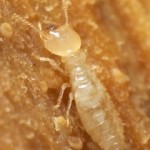
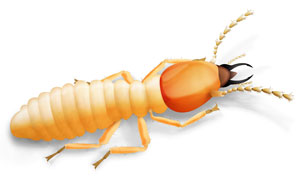


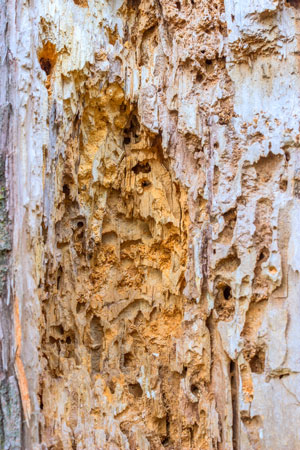
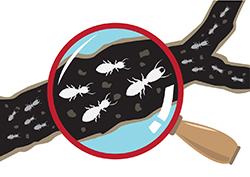
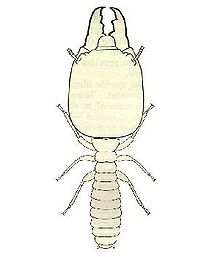

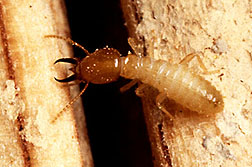

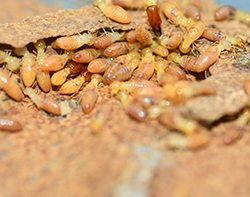
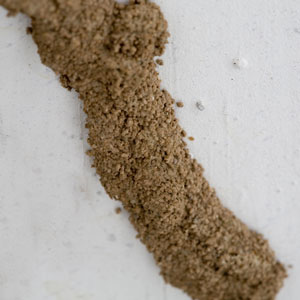

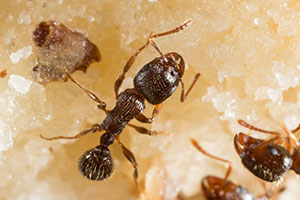
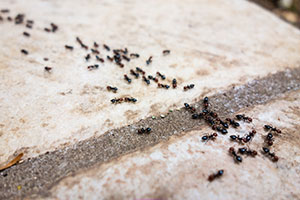

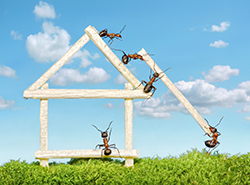






Recent Comments